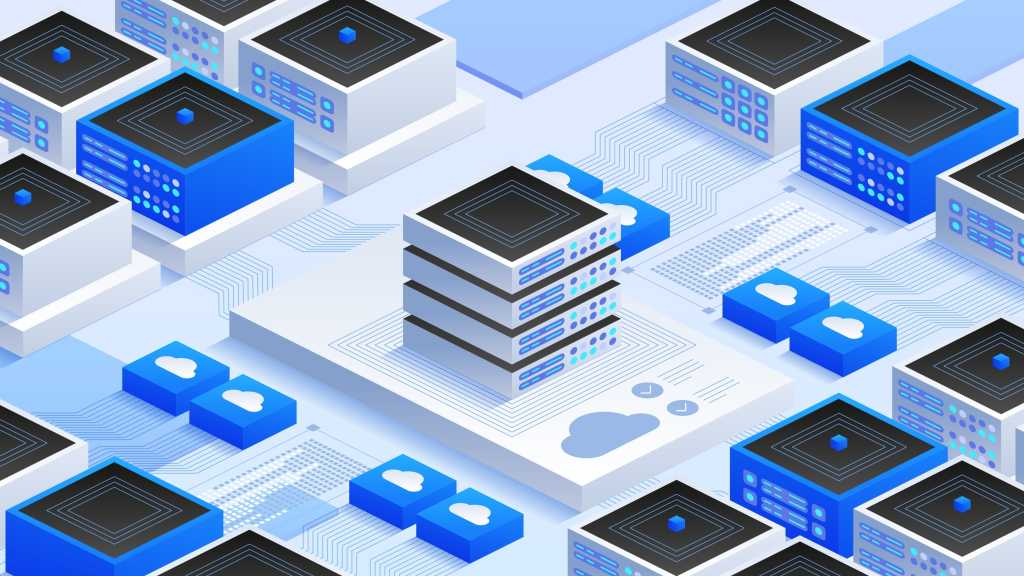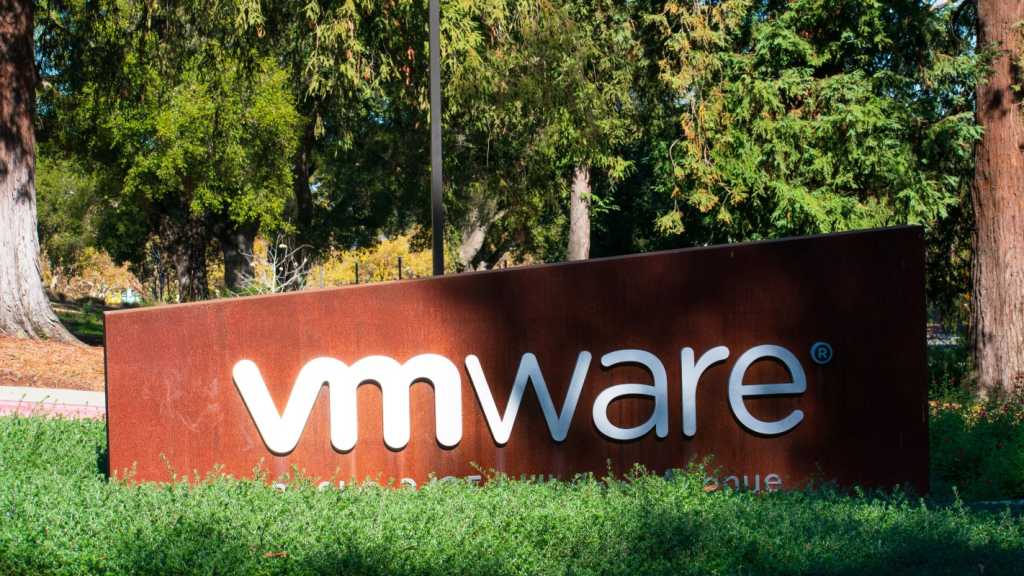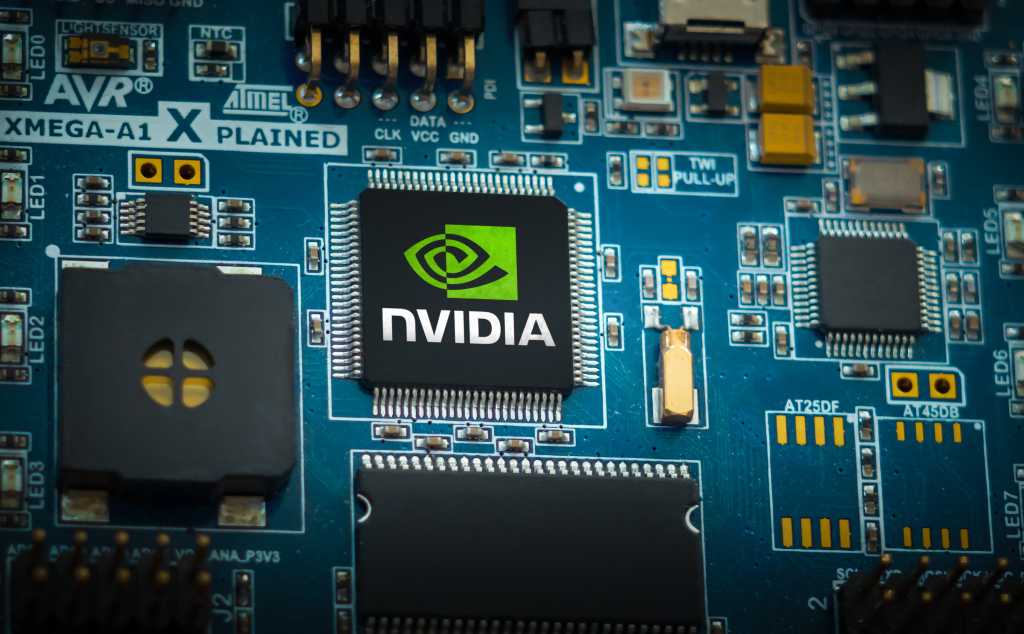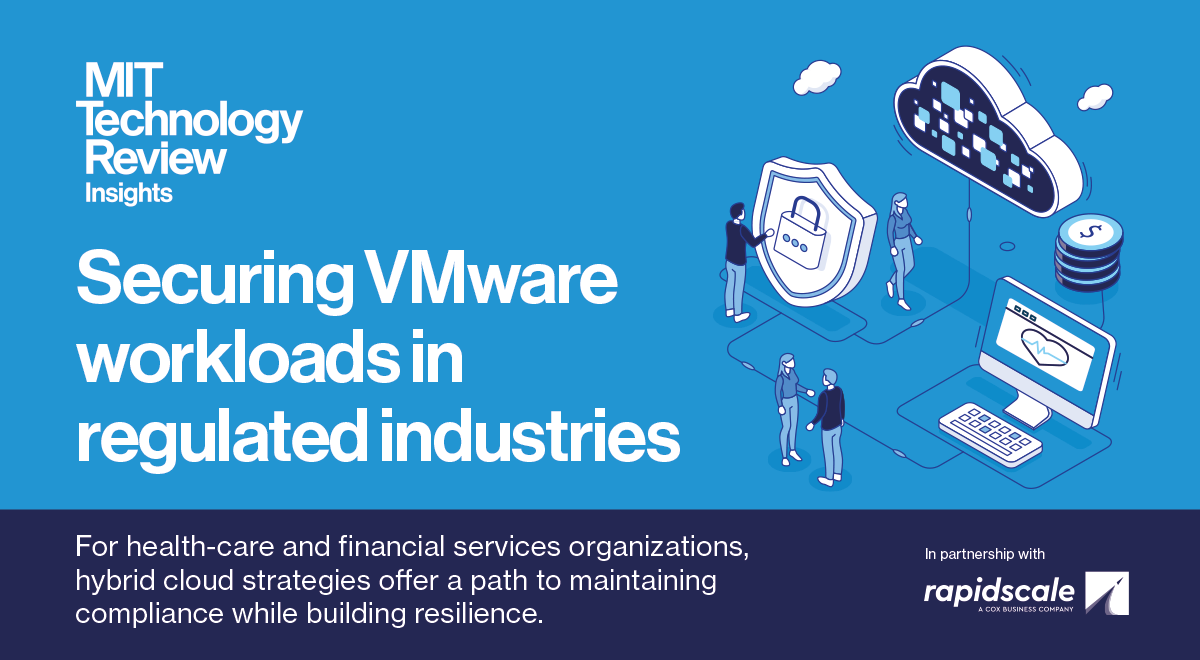
The cloud-provider technical people I know don’t like this approach; they see it as likely to raise barriers to the use of their online generative AI services. Enterprises see their AI agent vision as facilitating cloud AI services instead. If there’s one massive AI entity doing everything, then data sovereignty almost surely means it has to be run in house. If AI use is decomposed into small steps, surely some of those steps won’t involve the disclosure of confidential company data. That means that some AI agents could be as-a-service.
There may be several deep truths to be learned here, one being that news about technology is dominated by what sellers want to sell rather than what enterprises want to buy. A more interesting one is that we may be seeing a very important fork in the road for AI.
The AI models that everyone sees have one key feature—people can use them. No, I’m not being trivial. I mean people as opposed to companies. Anyone can go to an online AI service and interact with it. This has made AI almost populist in one sense; it’s a technology as available as the Internet. But enterprises aren’t people and aren’t thinking of AI in the same way. If you wonder why enterprise views of AI don’t match the popular view, just think of what makes up the popular view—people.
If we want AI to change our lives, and not just entertain us, we need AI to be less populist and more company-list, so to speak. IBM, I think, grasped this early on, which is why so many enterprises name IBM as the most insightful partner in AI. There is an enormous opportunity for AI-as-a-software-component, for what enterprises think of AI agents, but another of those deep truths intrudes. How does AI participate in an application workflow? We don’t know, and if we don’t address the issue, then AI could hit a wall when we try to develop truly useful agents. Applications have interfaces, APIs. AI agents will need them too, if they’re to integrate with applications and current workflows, and they’ll need to do that to achieve what enterprises expect, even demand.























